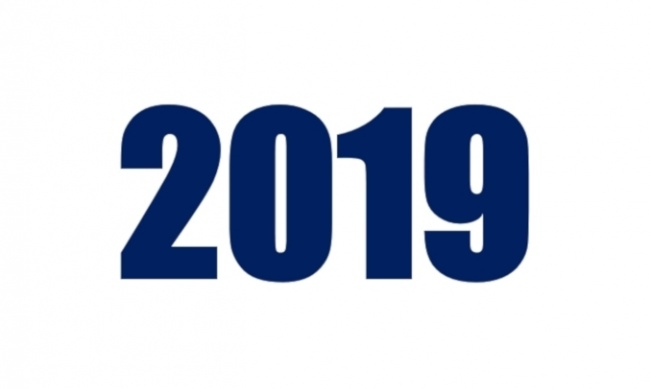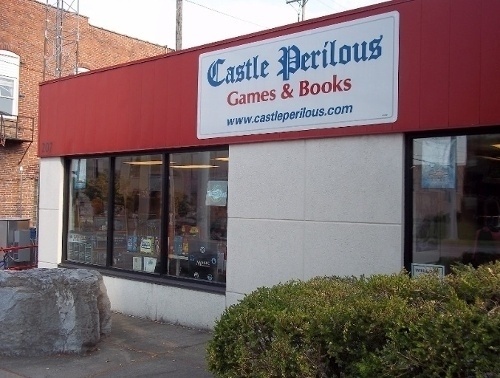Rolling for Initiative is a weekly column by Scott Thorne, PhD, owner of Castle Perilous Games & Books in Carbondale, Illinois and instructor in marketing at Southeast Missouri State University. This week, Scott Thorne picks trends he expects to see in 2019, and comments on Bromley's impact on the business.
As I promised last week, here are a few trends I expect to see in the gaming industry in 2019 (frankly, I don’t see any huge changes, with the possible exception of #3):
- A Continuing Glut of Games. As I wrote back in 2016, there was a glut of games hitting the market then and I see no sign of it slowing down. GTM and Meeple Monthly both list 200+ new games and accessories every month. With this amount of material coming, there is no way for the traditional channel of distribution to effectively absorb it. The industry will continue to see a lot of high-quality games produced, but many of them will be one and done, with little planning by the publisher for follow-up production runs, leading to lengthy out-of-stocks for many of these and large numbers never getting a reprint at all, leading to frustration by both stores and consumers.
- Continued Use of Kickstarter. With the ease with which a game company can seek funding on crowdfunding platforms such as Kickstarter, more and more companies are moving to the platform as a funding source. Troll Lord Games, one of the few companies to survive the 3.5 publishing implosion, funds almost all of its new releases via Kickstarter. Goodman Games, another survivor, also uses Kickstarter extensively, while Steve Jackson Games will be using Kickstarter to fund many of its Fantasy Trip releases. Retailers, fearful of missing out on a potentially popular game, will push for retailer levels in Kickstarter campaigns and publishers will respond by offering a retailer option with a nominal buy-in. Retailers will have the option of making a small contribution to the Kickstarter campaign, allowing them to stay informed of the campaign progress, then purchasing copies when the campaign concludes or the game is ready to ship. Of course, this option will sideline distributors from access to these games and push them to sew up more exclusives.
- Paizo. Paizo will release the second edition of its Pathfinder RPG, likely at this year’s Gen Con. Given the decline in sales of the company’s products in the retail channel, I expect a big push by the company to re-establish itself as the main alternative to Wizards of the Coast’s Dungeons & Dragons behemoth. Though not as strong as in the past, Pathfinder still has a robust organized play program with loyal players and could use this to leverage revitalized in-store play. However, to induce retailers to welcome the product line back into stores at levels it saw a decade ago, the company will have to change some practices in order to make itself more retailer-friendly. Eliminating the 20% off subscription program, which induces Pathfinder players to purchase directly, would be a good start.
- Wizards of the Coast. WOTC will continue to push Magic Arena and online D&D play. The company can see the hundreds of millions of dollars generated by eSports and online play and likely wants to tap into some of that revenue. Also expect to see a continuation of special Magic sets and D&D books as Hasbro continues to try to fill the revenue hold left by the collapse of Toys R Us.
The opinions expressed in this column are solely those of the writer, and do not necessarily reflect the views of the editorial staff of ICv2.com.





